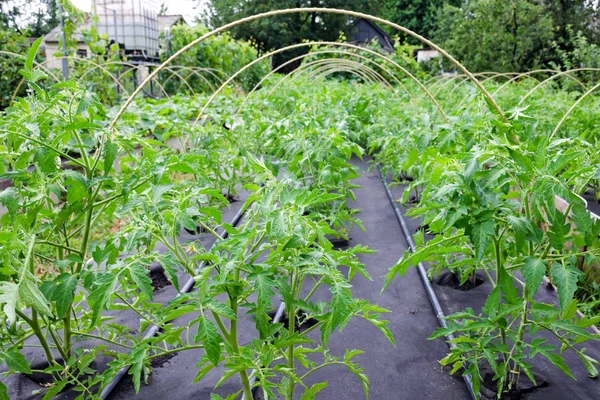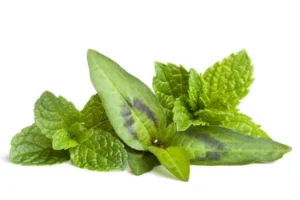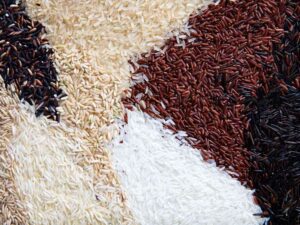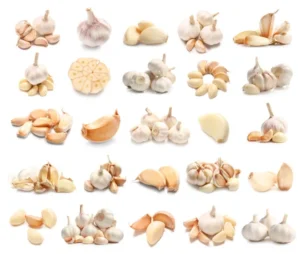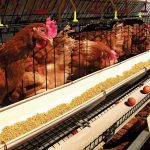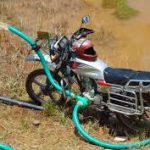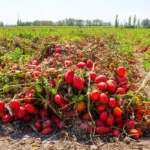Are you a crop farmer in Kenya wondering how to control weeds in your farm?
Weed control is an essential crop management practice for crop farmers. It helps you to optimize crop growth, Increase harvests, maintain crop quality, reduce disease and pest risks, recycle nutrients, and improve the economic viability of your farming operations. You can use mechanical, manual, or herbicides for integrated weeding.
In this blog post, learn the 10 cheapest weeds control methods in Kenya. We will outline each method’s best circumstances, pros, and cons.
Table of Contents
1. Mechanical Cultivation (Plowing)
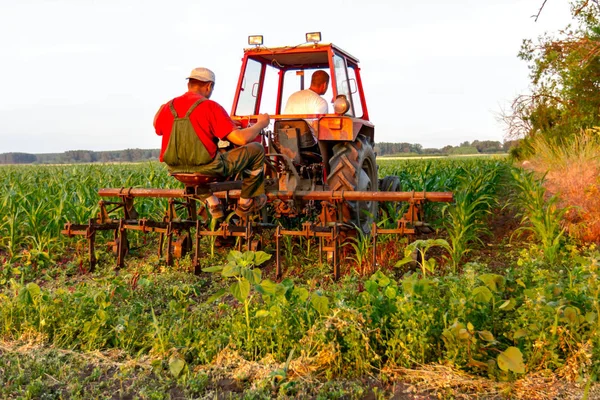
Mechanical cultivation, plowing or tillage weed control is the cheapest weeding method when establishing any crop.
It involves the use of machinery like tractors or a rotavator for land preparation. You can also till the land to break up the soil and suppress weed growth. Below are the pros and cons of mechanical cultivation.
Pros
- Effective in Initial Crop Establishment: Using heavy machinery will help you to prepare virgin land for planting your crop.
- Soil Disturbance for Weed Control: The initial soil disturbance effectively controls weed growth, providing a conducive environment for young crops
Cons
- Risk of Root Damage: Using heavy machinery poses a significant risk to the shallow root system of your crops.
- Potential for Disease: The soil disturbance caused by machinery may create an environment conducive to soilborne crop diseases.
- Soil and Environmental Impact: Heavy machinery can harm the soil structure, potentially leading to hard panning, soil erosion, and other environmental issues.
Appropriateness
While mechanical cultivation is highly appropriate during the initial stages of orchard establishment, its use in established crop farms should be avoided.
2. Manual Cultivation (Hoeing/Pulling)
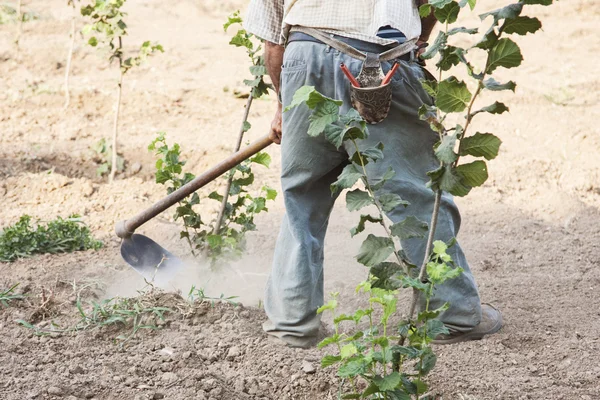

Manual cultivation involves removing weeds by hand. It is more appropriate when you are doing it around young crops or tree seedlings.
Pros
- Precision in Weed Removal: Manual cultivation allows farmers to remove weeds, near newly planted trees, minimizing the risk of damage to delicate roots.
- Cheap for Small-scale farmers: In smaller farms with limited weed manual weeding is the most cost-effective method.
Cons
- LaborIntensive for Larger Areas; While effective for smaller spaces, manual cultivation is labor-intensive when applied to larger farms.
- Deep Hoeing Risks: Deep hoeing can sever crop roots.
Appropriateness
Manual cultivation, through hoeing or pulling, is appropriate to use in
- Small farms or areas with limited weed growth.
- Where precision is needed.
- It is cost-effective in the early stages of crop growth.
3. Intercropping / Cover Crops
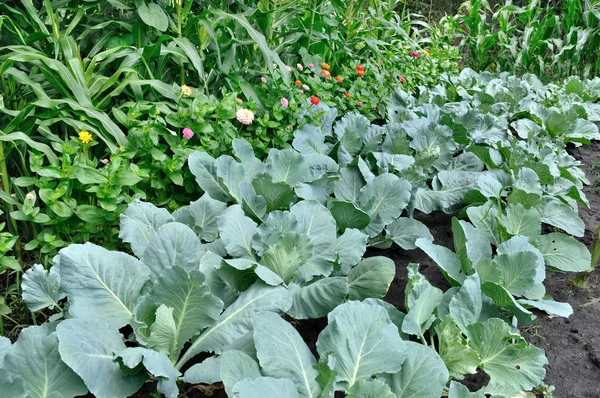

Intercropping, companion cropping or planting cover crops involves planting annual crops, preferably legumes alongside other crops. A common combination is planting maize, beans and pumpkin in the same field. In addition to choking weeds’ growth, it adds soil nutrients to the soil
Pros
- Additional Income Intercropping is an opportunity for you to generate extra income from more than one crop.
- Natural or Organic Weed Suppression: The presence of intercropped crops helps naturally suppress weed growth, reducing the need for soil disturbance and the use of herbicides
- Improved Soil Structure and Moisture Retention: The intercropped crops contribute to improved soil structure and enhanced moisture retention.
Cons
- Careful Management Required; Intercropping demands careful management to prevent competition with major crops.
- Labor Intensive During Rainy Seasons; Intercropped during rainy seasons, can be more costly and labor intensive.
Appropriateness
Use intercropping in small farms or orchards where the additional income from cash crops is beneficial.
4. Mulching
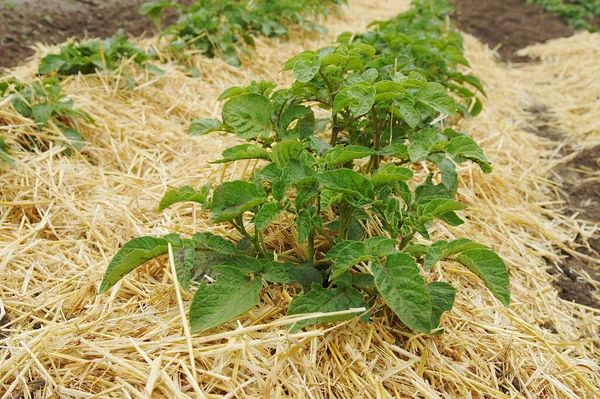

Mulching, a widely recognized practice in sustainable agriculture, involves covering the soil around crops with organic materials. This method brings forth a myriad of benefits, from weed control to improved soil health.
Pros
- Marked Reduction of Weed Growth; Mulching helps in reducing weed growth. The protective layer impedes the emergence of weeds, creating a cleaner and more controlled environment.
- Control of Erosion and Improved Soil Structure; Mulch compounds are a natural barrier against erosion, preventing the soil from being washed away during heavy rains. Additionally, as the mulch decomposes, it contributes to improved soil structure.
- Increased Moisture Retention; Mulch acts as a moisture-retaining agent, reducing water evaporation from the soil. This is particularly beneficial in arid regions or during dry spells, ensuring a consistent water supply for crops.
Cons
- Regular ReMulching Required; While effective, the benefits of mulching are not permanent. The organic material decomposes over time, necessitating regular re-mulching to maintain its weed-suppressing and soil-enhancing properties.
- Potential Trunk Contact Issues; Care must be taken to ensure that the mulching material does not come into direct contact with the tree trunks or crops. This can create a breeding ground for pests and diseases, potentially harming the crop.
Appropriateness
Mulching emerges as a highly effective method for large orchards or farms. Its ability to control weed growth, prevent erosion, and enhance soil health makes it a valuable component of sustainable organic crop farming.
5. Herbicides Application
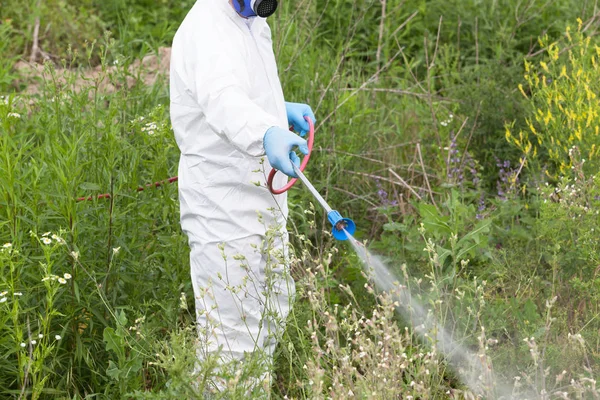

While not as common in Kenya’s crop farming, the use of herbicides remains a viable option for weed control. It is most efficient in scenarios where labor costs are high. Herbicides, such as the systemic product ‘Roundup,’ offer a broad spectrum solution for eliminating broadleaf weeds and annual/perennial grasses.
Pros
- Cost Effective Where Labor is Expensive; The efficiency of herbicides can be cheaper than the expenses associated with manual labor.
- BroadSpectrum Weed Control: Systemic herbicides like ‘Roundup’ offer comprehensive control, targeting both broadleaf weeds and various grasses.
Cons
- Expense: The cost of herbicides can be a limiting factor, especially for small-scale farmers or those operating within tight budget constraints.
- Potential Crop Damage: If not handled properly, herbicides can result in damage to crops and the environment. Direct contact with foliage may lead to burning or other adverse effects.
Appropriateness
Herbicides find their appropriateness in largescale farming operations where the cost of labor is a significant consideration. However, the potential for crop damage requires careful application, and farmers must adhere to recommended guidelines to prevent unintended consequences.
6. Biological Control
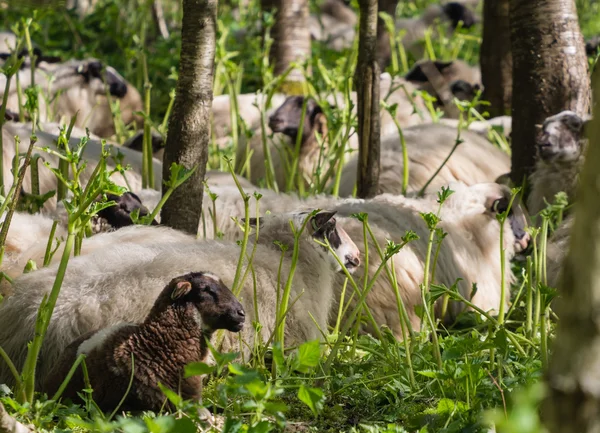

Biological control involves utilizing natural enemies of weeds, such as insects, animals, or pathogens, to manage weed populations. This method is eco-friendly and can provide sustainable, long-term weed control without the need for chemical interventions.
Pros
- Environmentally friendly and sustainable.
- Can offer long-term control without the need for frequent interventions.
- Minimizes the use of synthetic chemicals.
Cons
- Effectiveness may vary depending on the specific biological control agent used.
- Requires careful consideration to prevent unintended impacts on nontarget crop species.
Appropriateness
Biological control is suitable for farmers with a focus on organic and sustainable practices. It is often integrated into a holistic weed management strategy.
7. Flame Weeding
Flame weeding involves using controlled flames to burn weeds. This method is particularly effective for small-scale farming and can be employed in both pre and postemergence weed control.
Pros
- Provides a chemical-free alternative for weed control.
- Can be effective for both pre and postemergence weed stages.
- Suitable for small-scale farming.
Cons
- Requires specialized equipment for controlled flame application.
- Careful handling is essential to prevent unintended fire damage.
Appropriateness
Flame weeding is appropriate for small-scale farmers seeking a chemical-free alternative. It requires proper equipment and cautious implementation to avoid any safety risks.
8. Solarization
Solarization involves covering the soil with transparent plastic sheets to trap solar heat, raising soil temperatures and effectively killing weed seeds, seedlings, and pathogens.
Pros
- Chemical-free and environmentally friendly.
- Kills weed seeds and pathogens in the soil.
- Improves soil structure over time.
Cons
- Requires adequate sunlight for an extended period.
- May not be suitable for regions with limited sunlight.
Appropriateness
Solarization is effective in regions with abundant sunlight and is suitable for farmers looking for a chemical-free soil sterilization method.
9. Allelopathy
Allelopathy involves planting crops or cover crops that release chemicals inhibiting the growth of nearby weeds. These allelopathic plants create a natural barrier against weed proliferation.
Pros
- Natural and sustainable weed control method.
- Promotes biodiversity by using allelopathic plants.
- Reduces reliance on synthetic chemicals.
Cons
- Specific allelopathic plants may need careful management to avoid unintended impacts on desirable crops.
Appropriateness
Allelopathy is suitable for farmers who prioritize natural and sustainable methods. Careful selection of allelopathic plants is crucial for success.
10. Mechanical Mowing or Cutting
Regular mowing or cutting of weeds using mechanical equipment helps prevent weed seed production and controls the spread of weeds in open fields or along orchard borders.
Pros
- Prevents seed production, reducing weed populations.
- Suitable for open fields and orchard borders.
Cons
- May require regular maintenance and equipment operation.
- Not effective for all weed species.
Appropriateness
Mechanical mowing or cutting is suitable for open areas where frequent maintenance is feasible. It is often used as part of integrated weed management practices.

